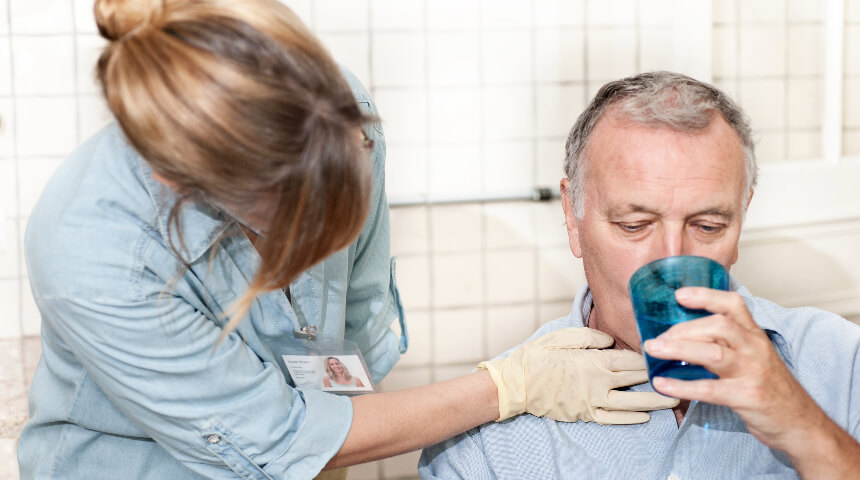One of the keys to recovering after lower back surgery is getting up and moving again. Surgery addresses only one aspect of your back problems. Afterward, you still need to deal with strength, muscle tightness, posture and biomechanics. That’s where physical therapy comes in.
Once your surgery is over, the clock starts ticking on your recovery. Waiting too long gives your muscles time to grow weaker, potentially contributing to a longer recovery. The goal is to get you into physical therapy as soon as possible after your surgery.
For some minimally invasive procedures – those with incisions of two inches or less – you might be able to start within two weeks. It may be a month or longer if you’ve had significant surgery involving hardware placement. Everyone’s needs and goals are different, so your physical therapist will work with you to develop a personalized treatment plan.
Lower Back Stretches
Among the first things you can expect to work once starting physical therapy are gentle stretches. These are often done while lying on a bed or sitting in a chair. During each session, your therapist will show you how to do various stretches, with an emphasis on proper form and technique. You’ll be asked to work on them at home, with future sessions aimed at progressing to more challenging stretches as your recovery continues. Among some of the common stretches:
- Single knee to chest stretch: Lie on your back, with both knees bent. Grasp one of your thighs behind the knee, bring that knee to your chest. Hold for 30 seconds and relax, repeating five times per side.
- Hip flexor stretch: Start on the edge of a bed, lying on your back. Keep one leg bent, foot flat on the floor. Slowly lower your other leg, while keeping it bent, until you feel a stretch across the top of your hip or thigh. Hold for 30 seconds and relax, repeating five times per side.
- Piriformis stretch: Lie on your back with both knees bent and both feet flat on the bed. Cross your right leg over your left leg. Then pull your left knee toward your chest until you feel a stretch in your hip/buttock. Hold for 30 seconds and relax, repeating five times per side.
Lower Back Exercises
While stretches aim to increase your mobility, you’ll also need exercises to build your strength. Much of the focus is on core strengthening. How much you can do and how fast you can do it will largely be dictated by the type of procedure you had as well as many other factors. Initially, exercises are designed to improve your postural control and help you move safely and confidently. Among the common exercises:
- Abdominal contraction: Lie on your back with your knees bent, feet flat on the ground and your hands resting around your belly button. Continue breathing while tightening your abdominal muscles as if you are trying to draw your belly button toward your back. Hold for five seconds and relax, repeating 10 times.
- Standing hip abduction: Stand at your counter holding on with both hands. Keep your leg straight and bring straight out to the side. Hold for 5 seconds and then alternate to the other side. Make sure not to arch your back or lean to the side. Perform 10 times on each side.
- Standing hip extension: Stand at your counter holding on with both hands. Keep your leg straight and bring your leg backward. Make sure not to arch your back or lean forward. Hold for 5 seconds and then alternate to the other side. Perform 10 times on each side.
- Wall squats: While pressing your back against a wall, walk your feet forward about 12 inches. Tighten your abdominal muscles and lower yourself slowly by bending your knees to a 45-degree angle. Hold for five seconds and then slowly return to the standing position, repeating 10 times.
Do Your Homework
One of the challenges of physical therapy is that you’ll generally only get to see your therapist two to three times a week for several weeks. Relying on those sessions alone won’t give you the best chance of a strong recovery.
It is important for you to do your home exercise program between sessions – and after you’ve completed your physical therapy visits. In fact, what you do outside your therapy appointments may be more important than what you do in therapy.
In addition to stretching and strengthening your physical therapist will work with you on biomechanics, how to move safely and return to work/recreational activities. If you don’t take that information and apply it to your own home exercise program, you’ll risk making your recovery longer, with the potential for more complications. How quickly you progress is determined by many factors, including any other medical conditions you have, your activity level prior to surgery.










